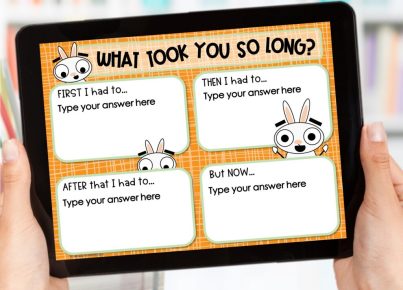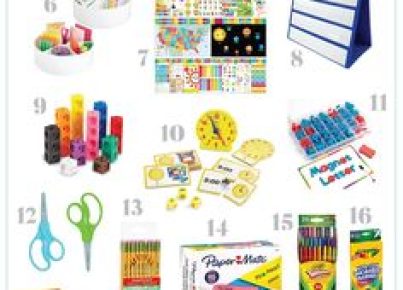Introduction
Technology has revolutionized education and brought forth innovative tools that have had a significant impact on the way we teach and learn. One such tool is the document camera – an essential device for modern classrooms. When used effectively, it can transform science classes into interactive and engaging learning experiences. Here are 16 smart ways to use a document camera in science class:
1. Displaying live experiments: Conduct experiments under the document camera, allowing students to see every step and observe changes in real-time without having to crowd around a small lab bench.
2. Inspecting microscopic organisms: Utilize the zoom feature of a document camera to showcase microorganisms or elements from samples, making it accessible for every student to observe and study.
3. Dissecting specimens: Enhance dissection lessons by projecting the live dissection process – not only will all students get a better view, but you’ll also save on specimens.
4. 3D models explanation: Use the document camera to clearly demonstrate the intricate details of three-dimensional models like atomic structures, cells, or molecular compounds.
5. Comparison of samples: Place two or more samples under the camera simultaneously for side-by-side comparison and facilitate discussions about differences and similarities.
6. Sharing student work: Encourage students to share their projects or lab reports through projecting them using the document camera to foster collaboration and discussion.
7. Annotations: Write on transparencies or use software tools like Whiteboard Function for annotating specimen images in real-time – perfect for pointing out essential details while explaining concepts.
8. Chemical reactions visualization: Demonstrate chemical reactions safely without exposing students to hazardous materials by projecting each step under the document camera.
9. Step-by-step instructions: Provide clear visual instructions like assembling an experiment setup or constructing a device, ensuring student projects are accurate and successful.
10. Growth observations: Record and display time-lapse videos of plant or animal growth using a document camera, allowing students to monitor and analyze the entire process.
11. Crystal formation: Capture the process of crystal formation by projecting the experiment with a document camera, capturing every fascinating detail in real-time.
12. Conservation discussions: Project specimens of endangered species or ecological issues under the camera for engaging discussions on conservation and human impact.
13. Art integration: Combine art and science by encouraging students to draw detailed observations of specimens or examples, then use the document camera to display their work as a learning tool.
14. Virtual field trips: Use the document camera to explore environments like soil samples or pond water collected from local field trips without leaving the classroom.
15. Presentations support: Enhance presentations by incorporating live interactive demonstrations using a document camera along with slideshows and videos for a more engaging experience.
16. Record and review: Record lab procedures or experiments performed during class for students to access later, providing valuable material for revision and self-study.
Conclusion
Implementing a document camera in science class can significantly enrich learning experiences by making abstract concepts tangible and facilitating student engagement. By exploring these 16 smart ways of using a document camera, educators can transform their science classes into more dynamic and interactive environments that foster discovery, curiosity, and collaboration.




